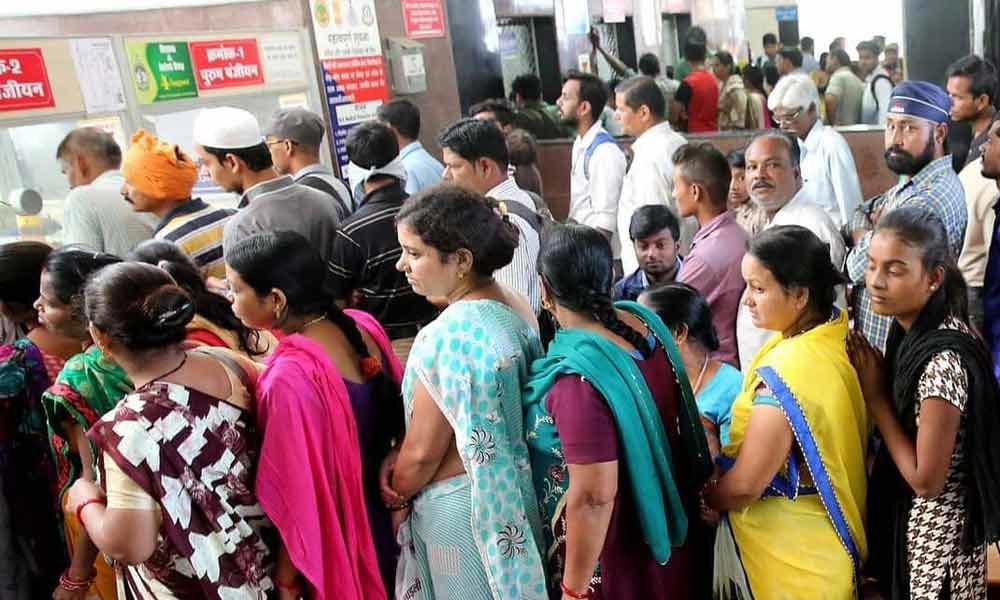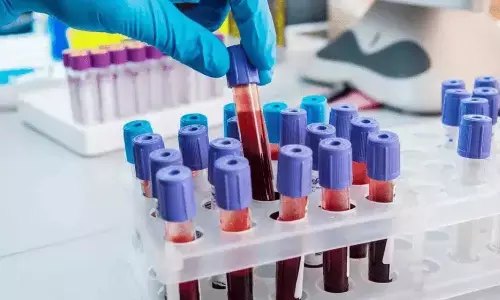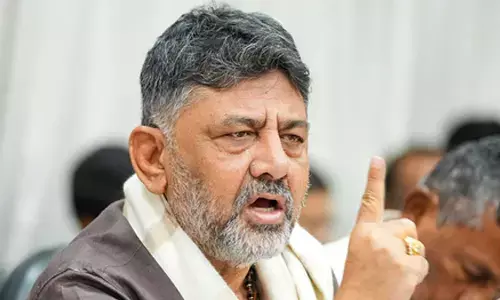Ailing healthcare needs right treatment

Community health workers have helped revitalise primary healthcare and improve community participation.
Community health workers have helped revitalise primary healthcare and improve community participation.
The Accredited Social Health Activists (ASHA) introduced by the National Rural Health Mission in 2005 are the key cadre in the community health programme that promotes maternal and child health.
Similarly, the "Khoj" programme by the Voluntary Health Association of India (which has a major presence in many States including Jammu and Kashmir, Sikkim and West Bengal, among others), and the Comprehensive Rural Health Project, Jamkhed, in Maharashtra State are other examples of community based endeavour by voluntary organisations working for the betterment of the rural poor and the marginalised, especially in the health and medicare sectors.
All these measures notwithstanding, the rural areas of the country still remain out of the pale of effective coverage, with only 31.5 percent of hospitals and 16 percent of hospital beds in spite of being home to 75 percent of the country's population.
Another weakness has been excessive dependence on the western model, with little by way of roots in the culture and tradition of the people. As a result, comprehensive primary healthcare has suffered and preventive, pro-motive, rehabilitative and public health measures neglected.
Inadequate budgetary outlays by both the Central and the State governments and the consequent shortage of personnel and neglect of research activities remain areas of concern.
As against promises made in several national health policies, from 2001 through 2017, to commit 2.5 to 3 percent of GDP to the sector, no more than 1.2 to 1.4 percent has actually been allocated from time to time.
The services offered by the system also are expensive and beyond the reach of the common person. That is the primary reason for about 62 percent of medical expenses are met out of the pockets of the patients, one of the highest in the world.
India's spending on health is also the lowest among the BRICS nations. Little wonder, then, that the country remains among the 15 lowest in terms of public health spending as a proportion to total health spending and that it is ranked 136 out of 180 countries in the newly developed Capability Index of the World Bank, which assesses factors that contribute to economic growth namely health and education.
Also, the global nutrition report 2016 ranked India at 114 in terms of under-five stunting prevalence. The country will also have to make special efforts to perform satisfactorily in achieving the Global Nutrition Targets set for 2025 by the World Health Assembly in the areas of reduction of childhood stunting and wasting, as also anaemia in women in the reproductive age.
Like several other countries, India is experiencing growing disparities across social classes and geographic areas as well as increasing demands for customised healthcare.
Combined with private business interests, this demand is diverting the focus from public health to individual medical care and from preventive to curative treatment.
Meanwhile, reduced attention to, and investment in, public health, especially the prevention of communicable diseases, has resulted in the re-emergence of some diseases and expanded health inequalities.
Thanks to the large-scale commercialisation of the health and medicare facilities in the private sector in recent years, a noticeable lack of empathy has also permeated the system.
It is felt that the time has come for the healthcare eco-system to take stock of the situation and explore possible solutions for re-establishing the doctor-patient connect which will be found satisfactory by all the stakeholders such as doctors, patients, hospitals, the government, vendor partners, insurance etc.
It has also been suggested that the Central and the State governments should institute a regime for rewarding ethically and efficiently run medical institutions and punishing those which are found guilty of malpractices or unethical procedures.
The human resource situation in the country also is very adverse, with the "doctor and nurse to population" ratio being very adverse, and three times worse in the rural areas.
The quality of students graduating from most institutions is far from satisfactory on account of the poor quality of faculty and methods and levels of teaching. Medical education has also become completely out of reach for the middle-class sections.
Affordability, availability and quality will be the key concerns to be addressed in the near future. The impact of climate change will also have to be taken into account while planning future strategies.
All major interventions will benefit majorly from the strides made in the field of Information Technology (IT) in recent years. IT has made patient care more efficient and safer.
The internet is impacting healthcare in a big way providing, as it does, facilities for sharing knowledge and bringing doctors and patients closer. It is also an important tool for data and population health.
Telemedicine and remote monitoring tools are also impacting India in a big way the way healthcare is being delivered in the country, addressing two of the biggest problems, namely accessibility and lack of manpower.
Several telemedicine centres in smaller towns are connecting patients to specialists in metros. This columnist witnessed one such centre in action recently in Uddanam region of Srikakulam district of Andhra Pradesh State, where patients afflicted by an endemic disease called "Uddanam Nephropathy" were able to conduct online consultation with experts in faraway Visakhapatnam town.
The most unmistakable way technology has changed the healthcare is the provision of new diagnostic machines and equipment, medicines and treatments that are now saving millions of lives and improving the chance of recovery for billions through such inputs as surgical tools, radio-surgery techniques, and sophisticated imaging techniques.
Among the many important steps that will have to be taken in the future will be substantial increases in investments in the health sector (doubling or tripling the current spend), focusing on building primary healthcare, in order to keep costs of care low, and increase overall health and well-being (the wellness clinics under the Ayushman Bharat Programme are a good beginning but supported with extremely low budgets), and increased financial support to government hospitals, to enable them to compete with the private sector and concentrate on quality rather than mere expansion of medical and nursing colleges. It is also time for the Central government to launch comprehensive policies for human resources for health, keeping quality in mind.
Another way of improving the coverage of health services in the country could be to try out the concept of student-run health clinics.
Such clinics are prevalent in the United States and have been useful in reaching out to under-served areas and persons while, simultaneously, proving to be a valuable learning experience for medical students. Such clinics exist in Canada also. Trying this system out in India should not prove difficult.
The right to life is guaranteed by our Constitution. It can hardly be over emphasised that it is the most important duty of the Central and the State governments to ensure that the right translates into a guarantee that all citizens are able to lead full and healthy lives.
That is the reason why in the whole of Europe, especially the UK, the Netherlands and the Scandinavian countries, education and healthcare are taken care of entirely by the national governments with no limits or restrictions.
As under the system envisaged in the Constitution of India, health and medicare are subjects that fall within the jurisdiction of the State governments, the Centre will have a major role to play in putting in place a policy environment, providing financial support, arranging for international linkages, particularly institutions like WHO and UNICEF, and acting as a friend, philosopher and guide to the State governments, apart from launching major initiatives on its own in areas of major national concern.
Learning from mistakes is rare, and course correction thereafter even rarer. We do not need another Gorakhpur or a dengue-infested Tamil Nadu to serve as wake-up calls. It is time for the Central and the State governments to rejig their priorities to focus on their fundamental responsibilities.
(Concluded)
(The writer is former Chief Secretary, Government of Andhra Pradesh)















